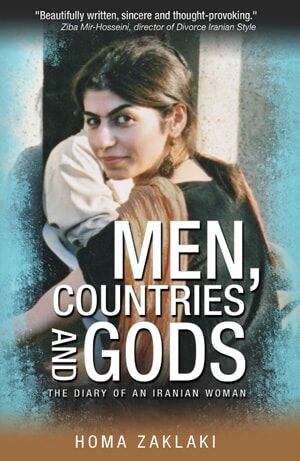Finding the right Guide for life twists
“Which way?” I murmured.
My guidebook said I should be standing at a shrine under a pine tree, next to a small house with a fenced garden, on an asphalted road. But the long stretch of Italian olive groves and vineyards before me suggested differently.
“Where do I go from here?” I sighed.

I was lost.
From the outset of my week-long pilgrimage, I had somehow managed to lose my way every day, despite the detailed directions that my Dutch-Italian tour organiser had pressed into my hand in Assisi. So, whenever I found myself in the middle of nowhere in the Umbrian valley, I was bound to wonder whether that guidebook in my hand was a friend or a foe.
I felt ill at ease with my travel guide book at times – even resentful at its authority. I mean, who likes to be told what to do? Probably not many of us. Do we really need to be instructed on every little step from A to B? Do we need all those formal and informal guides that life throws our way, from ‘holy books’ to self-help books, from parents’ advice to school teachings and expert opinions?
Although following our own inner guide has a certain romantic appeal, I must confess that there have been times in my own life when I’ve been desperate for some sound and wise help. Besides, like it or not, we regularly receive advice in the form of views, suggestions, and standards or rules. So couldn’t we all benefit from some pointers on choosing the right guide? Here are 3 key points I propose:
- Compatibility: Choose the guide based on a shared interest and common goal. You wouldn’t consult a guide book aimed at railway enthusiasts if your passion is visiting castles and gardens.
- Tolerance: Use a guide that is not rigid, one that doesn’t dictate everything down to the tiniest details, but acts as a signpost to the next big benchmark on your path. You will need a guide that teaches you the basic rules and then sets you on your way. This is imperative for three reasons: firstly, it helps you to develop a sense of direction; secondly, you won’t be plunged into despair when you get lost – which will sooner or later happen through no fault of your own – and thirdly, you can adjust and ask the natives for their indispensable input as you go. It is more fun to stay open and flexible.
- Trust: The use of any form of guidance starts with a basic trust in the guide, in her expertise and good will. Trust requires familiarity. For this to happen you need to befriend the guide by spending some time becoming accustomed to her, getting to grips with the terms, the style and the landmarks she tends to employ to lead you on your journey.
Having said that, no guide is perfect; or to put it differently, a guide’s wisdom is as good as her apprentice’s depth of perception, power of judgment and grasp of nuances. It is your responsibility to tailor her instructions to your particular context. Directions laid out on a map are subject to the effects of time and weather conditions. A dirt road can turn muddy after rain or an abandoned piece of land can now be a hamlet. So, never suspend your common sense.
There will come a day when you will ask yourself whether you should simply fix your gaze on your destination and make it there by trial and error. That is something that a seasoned traveller might consider: not only has she mastered the signs on the track, but more importantly, she has acquired the art of hearing her inner guide.
Our inner guide is a direct line to The Guide. Take time in life to cultivate skills to hear your inner guide.

